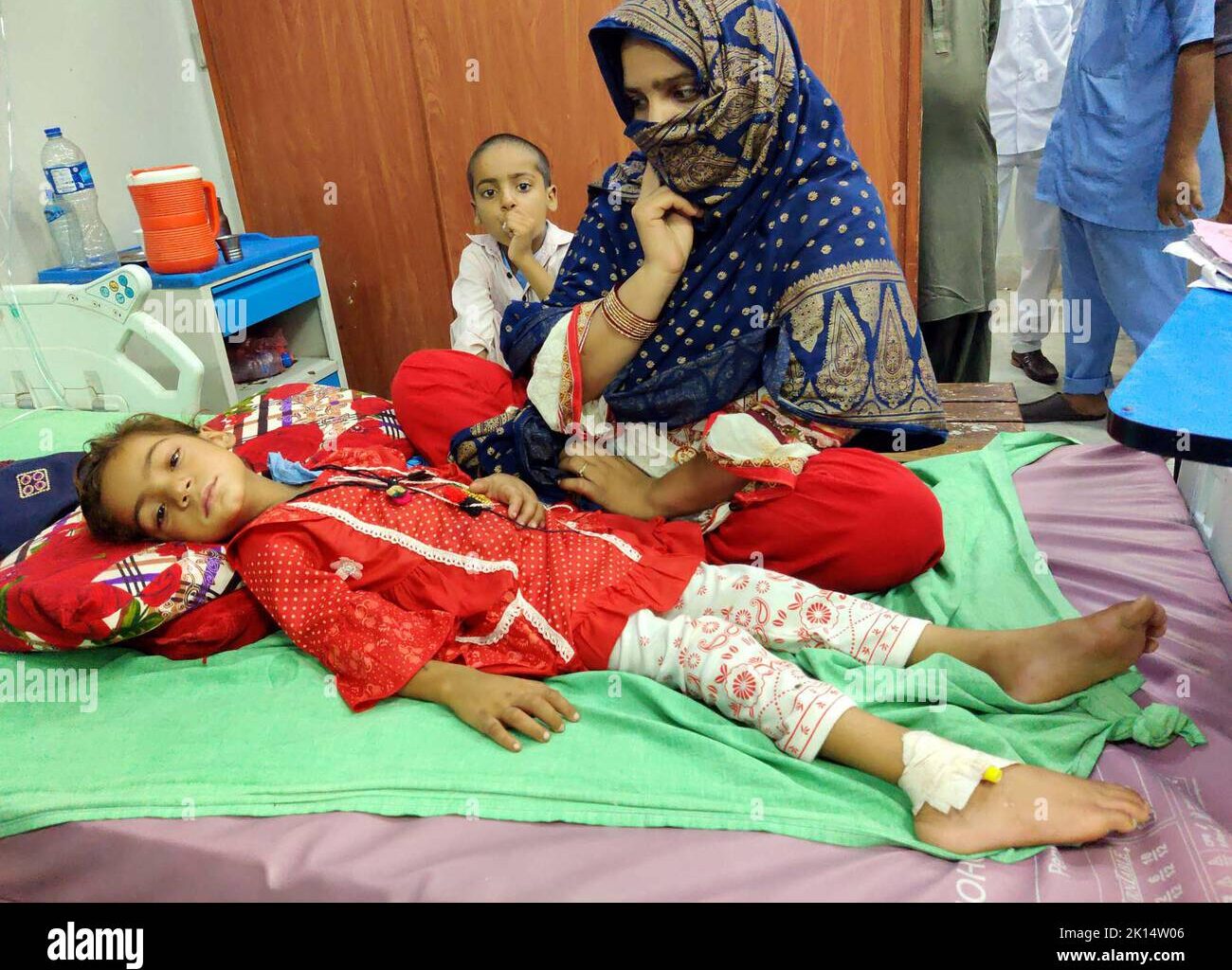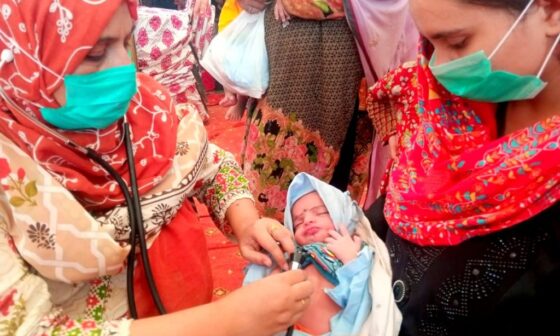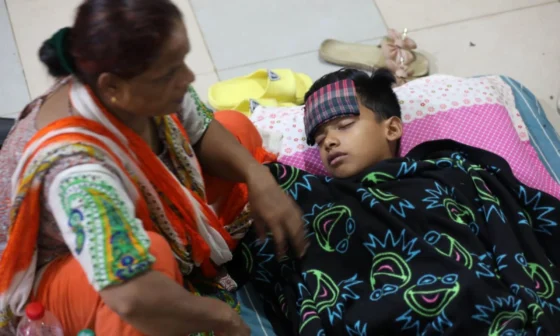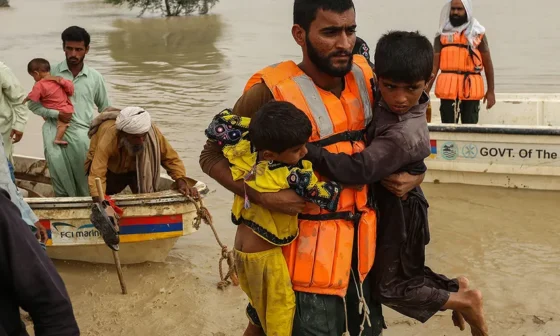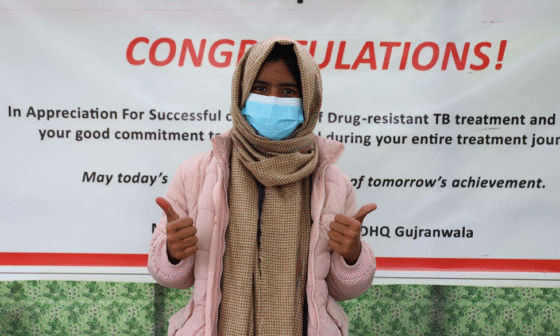Floods are a recurring disaster in Pakistan, especially during the monsoon season, and their impact on public health is devastating. When heavy rains submerge villages and cities, clean water sources become contaminated with sewage, industrial waste, and animal remains, creating a breeding ground for waterborne diseases. Outbreaks of diarrhea, cholera, typhoid, and hepatitis A and E often follow floods, overwhelming already fragile healthcare systems. Displaced families living in temporary shelters with inadequate sanitation are at the highest risk, especially children and the elderly. Pakistan’s 2022 floods, which submerged one-third of the country, exposed millions to these preventable diseases. The challenge is not just the immediate flood damage but also the lingering health crisis that persists long after the waters recede. Addressing waterborne diseases in flood-hit areas requires urgent medical relief, long-term preventive strategies, and improved disaster preparedness.

Waterborne diseases and awareness in flood »
A heartbreaking story from Dadu district in Sindh reflects the human suffering behind these statistics. After the 2022 floods, Fatima, a young mother, struggled to keep her children safe in a crowded relief camp. Clean drinking water was scarce, and the family had to rely on contaminated floodwater for washing and cooking. Within days, her two-year-old son developed severe diarrhea and vomiting. The nearest health facility was miles away, and when Fatima finally managed to get help, the child was already severely dehydrated. He survived after receiving oral rehydration salts and antibiotics, but many other children in the camp were not as fortunate. Stories like Fatima’s repeat across flood-affected areas, where lack of timely medical care turns manageable illnesses into deadly epidemics.

Effects of climate change on waterborne diseases | News | Wellcome
The causes of waterborne diseases during floods are multifaceted. Floodwaters mix with sewage systems, spreading harmful bacteria, viruses, and parasites into drinking water supplies. People displaced from their homes often lose access to safe sanitation facilities, forcing open defecation that further contaminates the environment. Stagnant water becomes a breeding ground for mosquitoes, increasing the risk of malaria and dengue alongside gastrointestinal infections. Malnutrition and weakened immunity among flood victims exacerbate the severity of these diseases, especially in children. Moreover, poor healthcare infrastructure in rural areas means that even when people seek treatment, medical facilities lack essential medicines, clean water, and trained staff. Climate change has worsened the frequency and intensity of floods in Pakistan, making waterborne diseases an even more pressing threat to public health.

What can we do?’: Waterborne diseases continue plaguing Pakistan 2 years after devastating floods
Preventing waterborne diseases in flood-affected areas requires both emergency measures and long-term solutions. In the immediate aftermath of floods, providing safe drinking water is critical. Distributing water purification tablets, setting up mobile filtration units, and chlorinating community water sources can reduce contamination. Hygiene education campaigns, such as encouraging handwashing with soap, proper waste disposal, and safe food handling, are equally important. Temporary shelters must be equipped with latrines and handwashing stations to prevent open defecation. Oral rehydration therapy (ORS) and zinc supplements should be made readily available for children with diarrhea to prevent dehydration-related deaths. Vaccination campaigns against cholera and hepatitis A can protect vulnerable populations in high-risk areas.
In the long term, strengthening water and sanitation infrastructure is essential to reducing vulnerability. Building flood-resilient toilets, improving drainage systems, and ensuring regular water quality monitoring can mitigate the spread of disease. Early warning systems for floods and rapid-response medical teams can save lives in future disasters. Community health workers should be trained to detect and manage waterborne illnesses quickly, especially in rural areas where access to hospitals is limited. Schools and local organizations can play a role in teaching families about safe hygiene practices even before disasters strike. Furthermore, urban planning and climate adaptation strategies are needed to reduce the scale of flooding, thereby lowering the risk of disease outbreaks.

The recurring cycle of floods and waterborne disease in Pakistan is not inevitable—it is a preventable tragedy. Fatima’s son survived because he received treatment in time, but countless others do not get that chance. By prioritizing clean water access, sanitation, health education, and disaster preparedness, Pakistan can protect vulnerable communities from the deadly aftermath of floods. Every year, millions of lives are disrupted by these disasters, but with the right policies and community engagement, their impact on public health can be greatly reduced. Safe water and sanitation are basic human rights, and ensuring them even in times of crisis is essential for building a healthier, more resilient nation.
References
Dawn News Health Report (2023). “Lessons Learned From Waterborne Disease Outbreaks After Floods.”
World Health Organization (2023). “Flood-Related Health Risks: Waterborne Diseases in South Asia.”
UNICEF Pakistan (2022). “Impact of 2022 Floods on Child Health and Sanitation.”
National Disaster Management Authority (2023). “Post-Flood Disease Surveillance Report.”
Journal of Environmental Health (2022). “Contamination of Water Sources During Floods in Sindh.”
Pakistan Medical Research Council (2023). “Cholera and Typhoid Outbreaks in Flood-Affected Areas.”
The Lancet Global Health (2022). “Health System Response to Waterborne Diseases After Disasters.”
Save the Children Pakistan (2023). “Protecting Children From Diarrheal Diseases in Relief Camps.”
